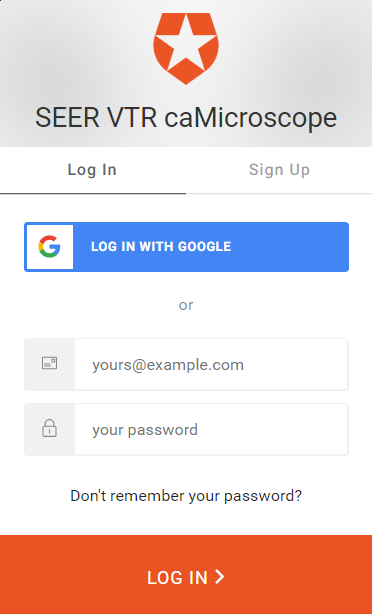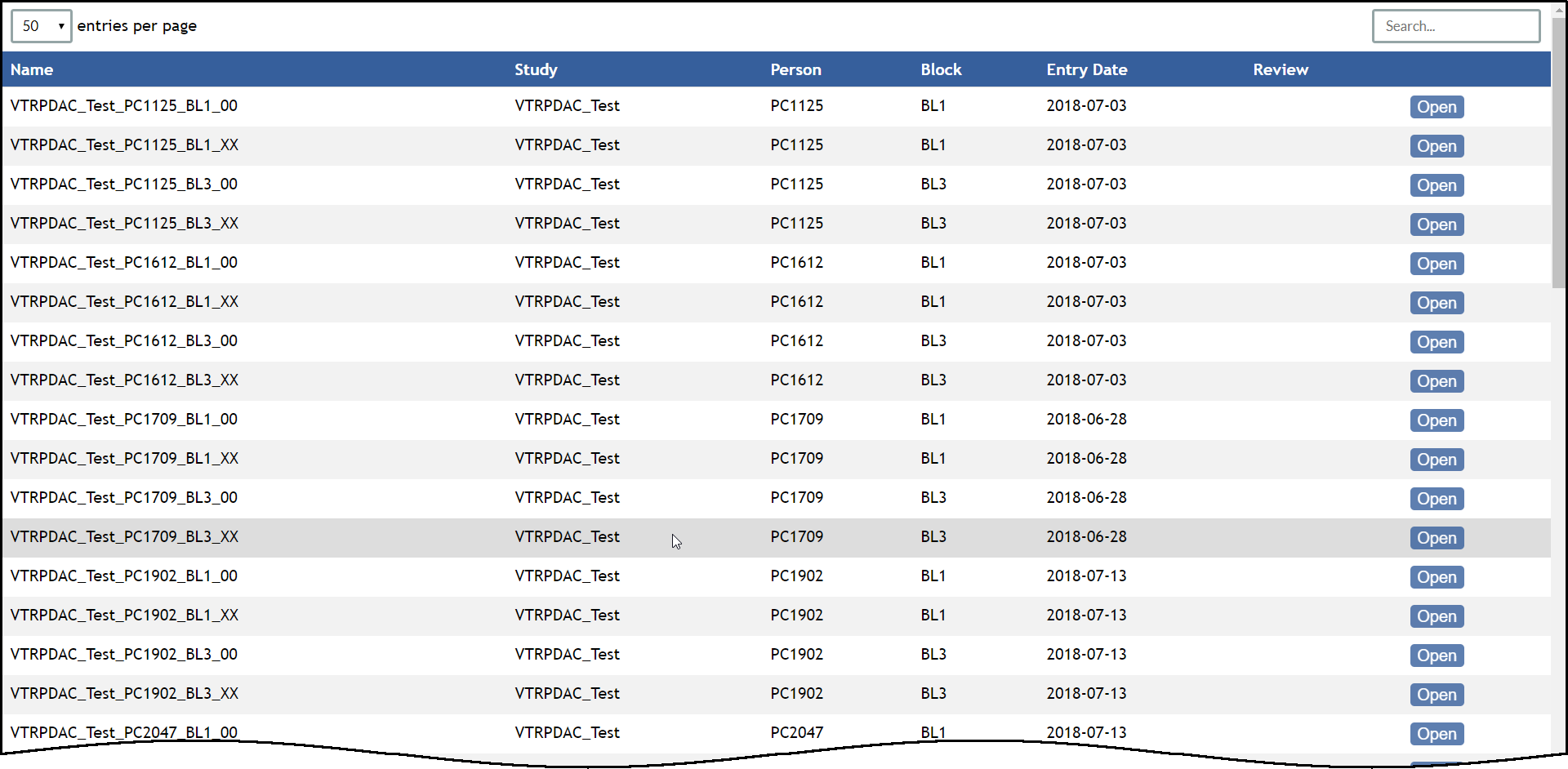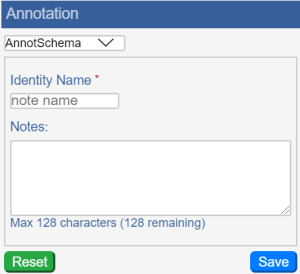 |
Page History
...
- Use the Chrome browser to navigate to caMicroscope.
The Sign In page appears. - Use your Google credentials to sign in to caMicroscope.
The caMicroscope site appears. - Select one of the image databases by clicking either the large slide image or the More button. Options include the Breast Cancer Genomic Pilot, Virtual Tissue Repository (VTR) Pending Slides, or and Pancreatic Ductal Adenocarcinoma (PDAC) caMicroscope database of images by clicking either the large slide image or the More button.
A table appears that lists all whole-slide images for the selected database that you are authorized to view. In the table, click the Open button for any row.
The slide opens in caMicroscope.Note To select a different image, click the Back button in the caMicroscope toolbar or the back arrow in your browser to return to the table.
...
Use the toolbar buttons to manipulate the slide. To close any toolbar button, click the same button again or a new button.
Tool | Name | Purpose | ||
Annotations | Opens the Annotations panel, where you can select which annotation set to view, name that annotation set, add optional notes about the annotation set, save the annotation set, and reset the panel to its original state. | |||
Layer Manager | Opens the Layers Manager panel, where you can select which layers to view. | |||
Home | Return to the data table so that you can open another slide. | |||
Draw | Draw thin lines, thick lines, or polygons on the image. To maintain the integrity of measurements, avoid drawing shapes that overlap or intersect one another. | |||
| Magnifier | The Magnifier works like a magnifying glass and allows you to see the slide at normal magnification (1.0), low magnification (0.5), or high magnification (2.0). Click a magnification level and place the bounding box on the area of the slide you want to magnify. | |||
| Measurement | Drag this tool on the slide to learn the measurement in micrometers. | |||
| Share View | Opens a window with a URL to the current presentation state of the slide including the magnification level, layers that are currently open, and your position on the image. | |||
| Side by Side Viewer | Shows the Layer Manager panel, the left and right layers, and inset window. For the right and left layer, select which layer you want to view. | |||
| Heat Map | For a slide with heatmap data, opens the choices of heatmaps available, as well as ways of displaying the heatmaps. The gradient shows all of the values on the selected spectrum for the field you selected. REVIEW BELOW TEXT: The heat map shown in the cross-tabulation is a sampling of over a million segmented objects in the dataset. Hover your mouse over the colored pixels in the feature correlations. Each pixel is a single segmented object. The features that intersect at each pixel are highlighted in yellow, the intersected pixel is outlined in orange and filled with an X, and the feature names appear in a popup window.The colors in the heat map show how high or low the correlations between intersecting features are. The orange shows the pixels of the highest correlation. The orange diagonal line shows where features are identical on both axes. | |||
| Labeling | Use this tool to draw a circle or shape around a tumor region, measure an area on the slide, download labels that exist | Labeling | ||
| Segment | ||||
| Bug Report | Opens a Google Form where you can describe the issue you have experienced. | |||
| Reviewed | Click this button after reviewing a slide to change its review status. You are prompted to confirm this change. |



